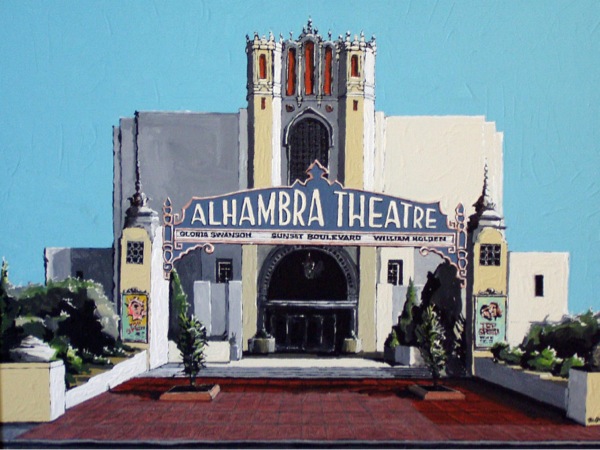What's Worth Preserving?
 August 26, 2012 |
August 26, 2012 |  ∞
∞ 
Steve Mouzon, writing for his blog The Original Green, on what we should preserve:
Preserving the life of the tradition is a very different thing. Living things evolve throughout their lives, from infancy to puberty to adulthood to old age. And it’s not clear quite what sort of adult an infant might grow into. We are learning how to help traditions live again, I believe.
This is an interesting angle and one which sort of took me by surprise. When I started reading I fully expected Steve to make a case for the preservation of lovable places and buildings (perhaps at the expense of preserving architecturally significant but unloved buildings) but soon discovered he was actually arguing just the opposite - we should seek to preserve the traditions that brought us these lovable things rather than the artifacts themselves.
While I tend to agree, this seems somewhat idealistic to me as the very basis of the preservation movement is distrust - we (the public or at least a subset of the public) don’t trust the professionals enough to replace something tired yet wonderful with something that is better functioning yet equally as wonderful. I am reminded of the Alhambra Theatre here in Sacramento - once the “Showplace of Sacramento”. Unfortunately it was demolished in the 70’s to make way for a supermarket’s parking lot. It is a reaction against this exchange of sublime for mundane that is at the core of the preservation ethos. To that I am very sympathetic. We deserve better than to destroy something of great value for something of little value.
However, preservation can also get in the way. Our cities, towns, and neighborhoods are living organisms. They need to be able to grow, to morph, to adapt and change. The natural evolution of places occurs though various densities and typologies and that process must be allowed to happen. When we seek to save every quintessential bungalow or the rundown “Main Street” commercial building we are blocking the neighborhood’s ability to “grow up”. Sometimes that is warranted but other times a greater good is accomplished by allowing a place to evolve itself.
This takes me back to the issue of trust. If we can trust that the changes we witness are a part of a forward evolution rather than a devolution we are much more prone to accepting the changes as the growing pains of maturing. This is, I believe, where Steve is going. He posits that it is better to work towards the preservation of the traditions that make great places as these traditions can be used to successfully evolve a place towards more value rather than less value. This is necessarily nebulous. We are talking about preserving the intangible - ideas, frameworks, techniques, and philosophies rather than the tangible - the artifacts of those ideas. This is why I mentioned it seems idealistic - I agree in theory but I’m not sure it translates to reality. As an architect, I am hesitant to put my trust in the profession coming around to this way of thinking - especially any notion that idealizes the preservation of tradition. If we, as professionals, do manage to regain the trust of public through a preservation of the traditions that make places great, we won’t have to worry about the issue of preservation except for the places that are truly exceptional or culturally significant beyond just being great. Unfortunately, for the most part, we have a pretty terrible track record for the past 50+ years of replacing things of value with things of less value.
Therefore, I think there is a delicate balance to be had. My take on preservation is a fence straddling amalgamation of the above. Some things are so significant that they ought to be saved. These structures and places are so vital to our culture and heritage that they should be protected and cared for in perpetuity. For everything else, we must weigh the value and significance of the thing we wish to save against the value and potential of the thing we wish to replace it with. Alhambra Theatre vs parking lot? I’ll keep the theater. Thriving historic neighborhood that wants to evolve vs individual historic building in that neighborhood? I think we need to let the neighborhood “grow up”. If enough right decisions are made, perhaps we can again trust that change is inevitable but it is part of growing up and we can let the newly thriving Living Traditions take over.

Reader Comments (1)
Beautifully said! :)